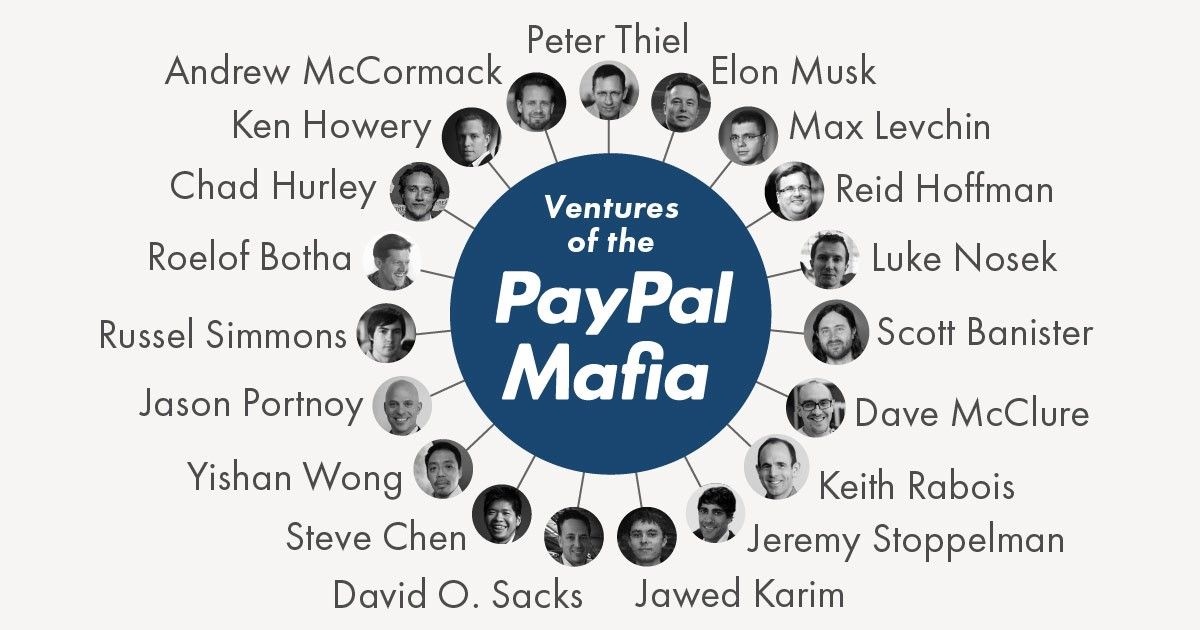How Silicon Valley Fuels Innovation by Helping Others
It’s not money, not technology, but it’s the pay-it-forward culture that drives innovation and prosperity in the Silicon Valley.

Pay-It-Forward
From time to time, I visit Silicon Valley to meet with entrepreneurs and investors in person. And every time I pay a visit, I sense something very special about this community. It’s the fact that people are so willing to help and connect with others. It’s a unique culture, only a few communities like Silicon Valley have.
I believe this culture of “pay-it-forward” is the cornerstone of the innovation and prosperity Silicon Valley drives. This is the very culture that has empowered thousands of entrepreneurs to build great companies.
It Existed Long Before Startups Were This Big.
Entrepreneur Steve Blank recalls even back in the 1970s, CEOs of large technology companies in the Valley would take phone calls and meetings with interesting and passionate people. In 1975, a young entrepreneur called the founder & CEO of Intel, Bob Noyce, and asked for advice. Noyce liked the kid, so he met with the kid often to coach him. This young hipster was Steve Jobs, who later went on to found Apple.
“Bob Noyce took me under his wing, I was young, in my twenties. He was in his early fifties. He tried to give me the lay of the land, give me a perspective that I could only partially understand,” Jobs said, “You can’t really understand what is going on now unless you understand what came before.”
Fast forward to today, people praise the Paypal Mafia for their presence in the Silicon Valley. Companies including Paypal, YouTube, SpaceX, Tesla, LinkedIn, Yelp, and Palantir are all children of this so-called mafia. They were all founded by former employees at Paypal.

How were they able to build great companies? Many factors went into this, but it’s mainly because of their willingness to help each other. Reid Hoffman, a member of this mafia, who went on to found LinkedIn, wrote in his book The Alliance:
“Employee networks are extremely valuable to companies as a source of information. As Bill Gates wrote more than a decade ago, “The most meaningful way to differentiate your company from your competition, the best way to put distance between you and the crowd, is to do an outstanding job with information. How you gather, manage, and use information will determine whether you win or lose.”
Network is key to differentiation. Network is what makes you stand out from others. And to build a great network, you must help others.
Y Combinator Does this Best
You can find the pay-it-forward culture in a lot of Y Combinator (YC) alumni companies. YC is famous for nurturing its alumni community, and it is one of the reasons why YC has become the most influential startup accelerator in the world.
I experienced how YC alums are living in the culture of pay-it-forward. A few months ago, I had reached out to a YC alum and asked him to look over our YC application and give feedback. He was a famous entrepreneur with a lot on his plate. I almost didn’t expect him to respond. But when I asked for help, he was more than willing to lend a hand. He read over our application, suggested edits, and he gave some great advice and shared his experience applying to YC. He didn’t ask anything in return.
Bottom line, I didn’t get in for the batch, but I learned that this is the reason why Silicon Valley is Silicon Valley. It motivated me to do more. It motivated me to help others as well.
Creating your Alliance
At Pixelic, we harness the culture of pay-it-forward. We have gotten so much help from others so far, and we’ll need more support from them as we build our company. So we encourage our members to help others. When a person reaches out to you for help, respond with kindness, and help her. An intro to someone you know could mean a breakthrough for her. Simple feedback to her product can give the right insights and learnings to build the next unicorn. Spending time with someone who has little to no presence can seem like it’s a waste of time, but this is what pay-it-forward means. This is how you create an alliance. A strong alliance that exist to help each other. An alliance that will build a network of networks. It all starts with you.
Cover image by Robyn Twomey for Fortune.



